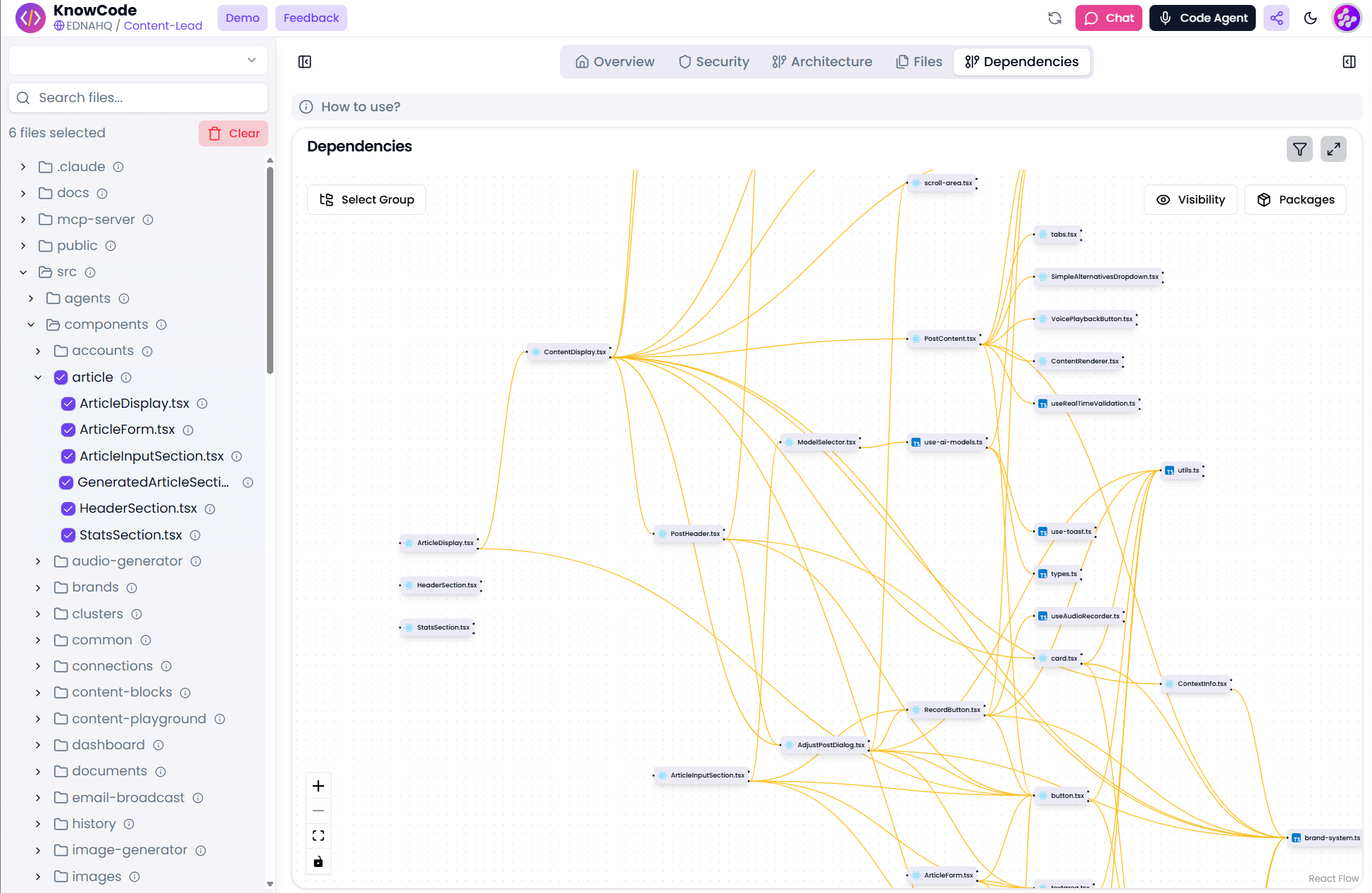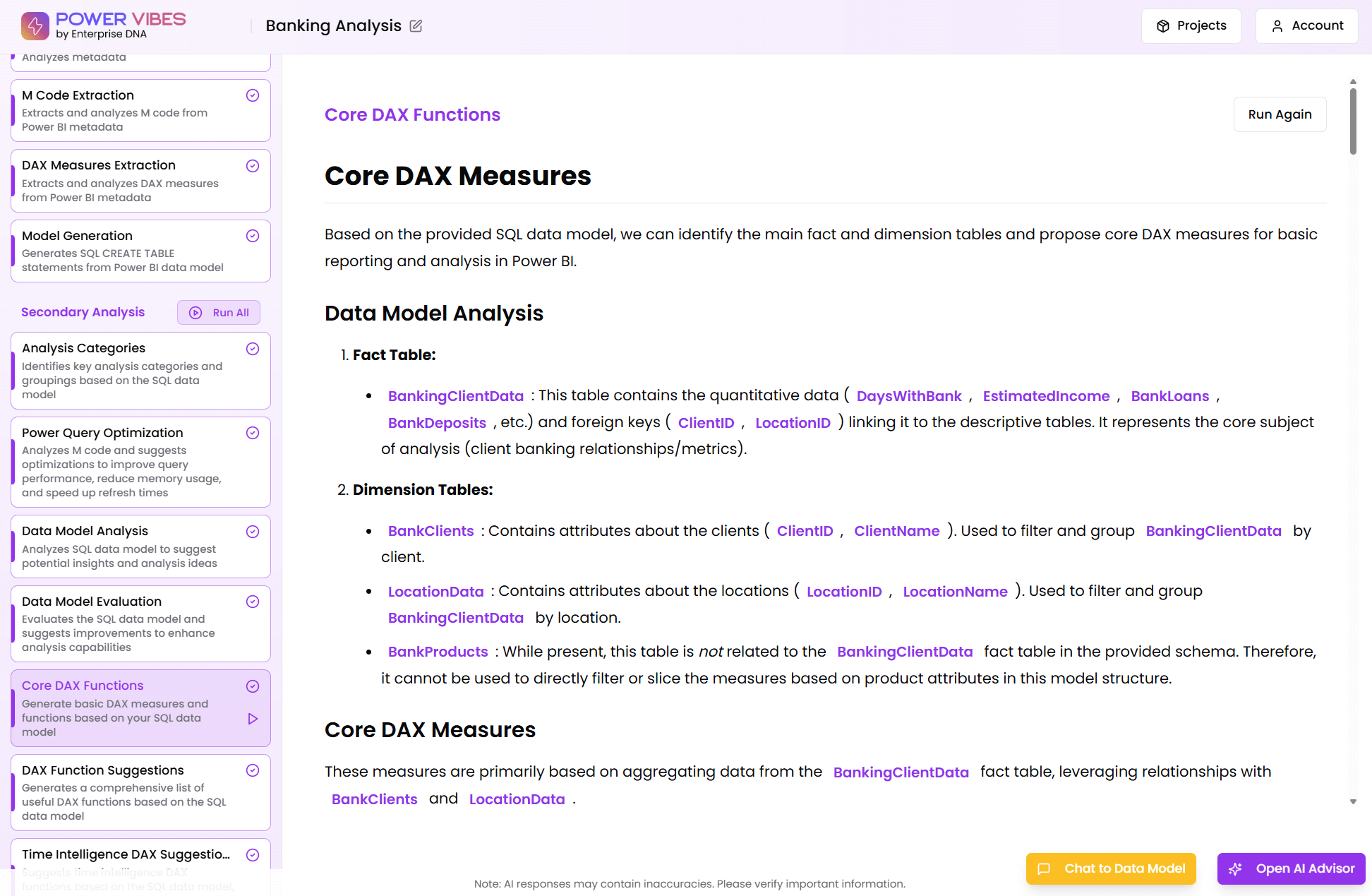DAX Function Guide
VALUES
Sam McKay
CEO & Founder
How does the VALUES work?
VALUES Formula Syntax
VALUES(
<TableNameorColumnName>
)
How do you use the VALUES?
This function cannot be used to return values into a cell or column on a worksheet; rather, you use it as an intermediate function, nested in a formula, to get a list of distinct values that can be counted, or used to filter or sum other values.
Related Blog Posts
Loading
Considerations when using the VALUES?
When you use the VALUES function in a context that has been filtered, such as in a PivotTable, the unique values returned by VALUES are affected by the filter. For example, if you filter by Region, and return a list of the values for City, the list will include only those cities in the regions permitted by the filter. To return all of the cities, regardless of existing filters, you must use the ALL function to remove filters from the table. The second example demonstrates use of ALL with VALUES.
In most scenarios, when the argument is a column name, the results of the VALUES function are identical to those of the DISTINCT function. Both functions remove duplicates and return a list of the possible values in the specified column. However, the VALUES function can also return a blank value. This blank value is useful in cases where you are looking up distinct values from a related table, but a value used in the relationship is missing from one table. In database terminology, this is termed a violation of referential integrity. Such mismatches in data can occur when one table is being updated and the related table is not.
When the argument is a table name, the result of the VALUES function returns all rows in the specified table plus a blank row, if there is a violation of referential integrity. The DISTINCT function removes duplicate rows and returns unique rows in the specified table.
Related Video Tutorials
Loading
Formula examples using the VALUES
=COUNTROWS(VALUES(‘InternetSales_USD'[SalesOrderNumber]))
= COUNTROWS(VALUES(City[CityName]))
= IF( // if there is one city for the current // filter context … COUNTROWS(VALUES(City[CityName])) = 1, // … shows the city’s name VALUES(City[CityName]), // Otherwise, show a message “More than one city” )
Related Courses
Loading










